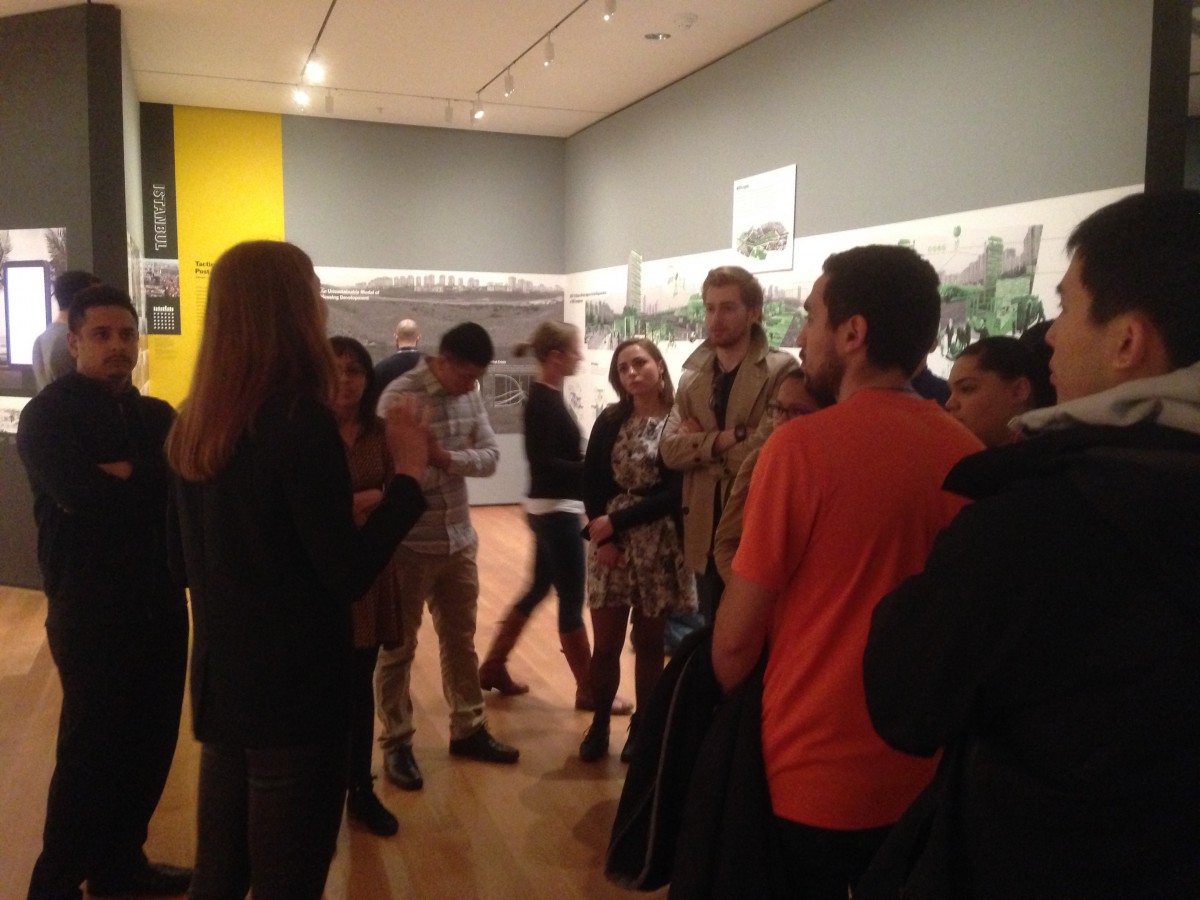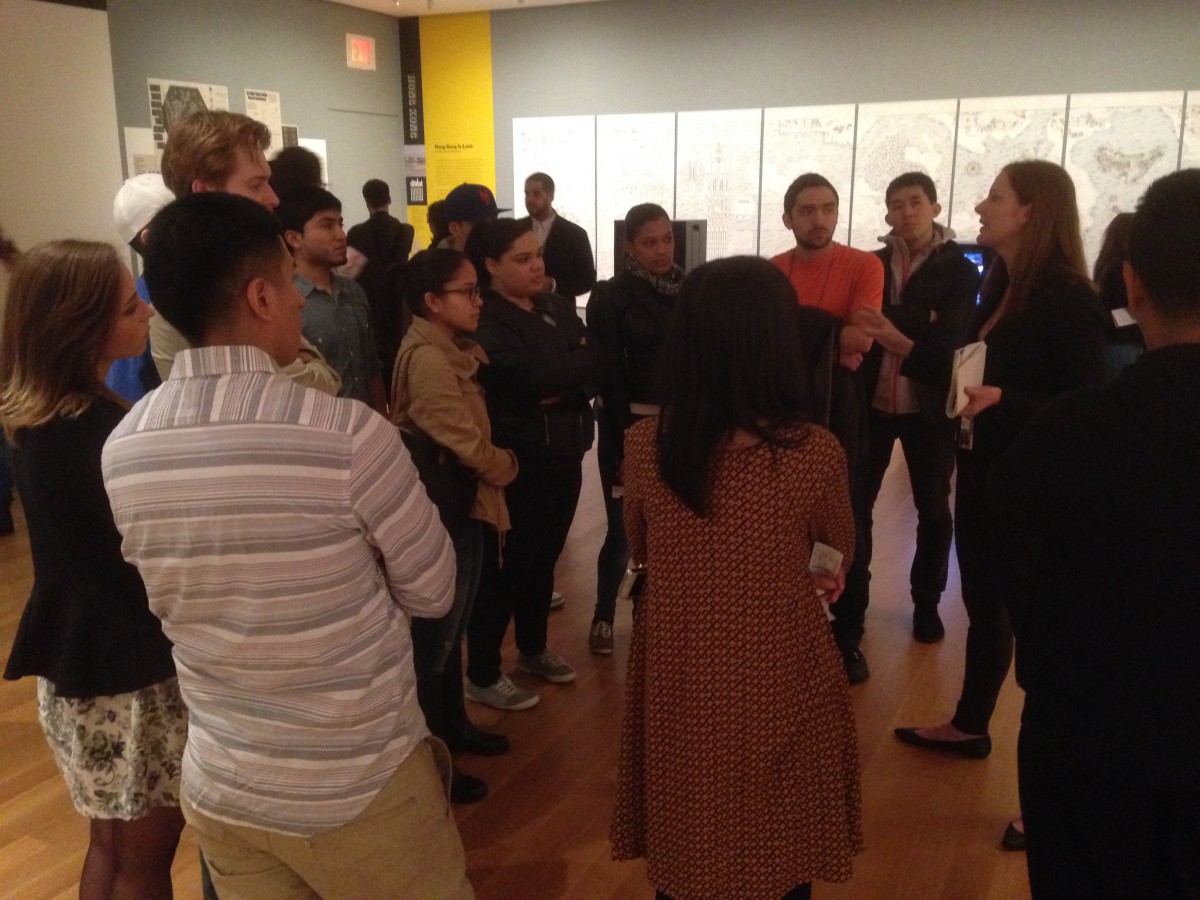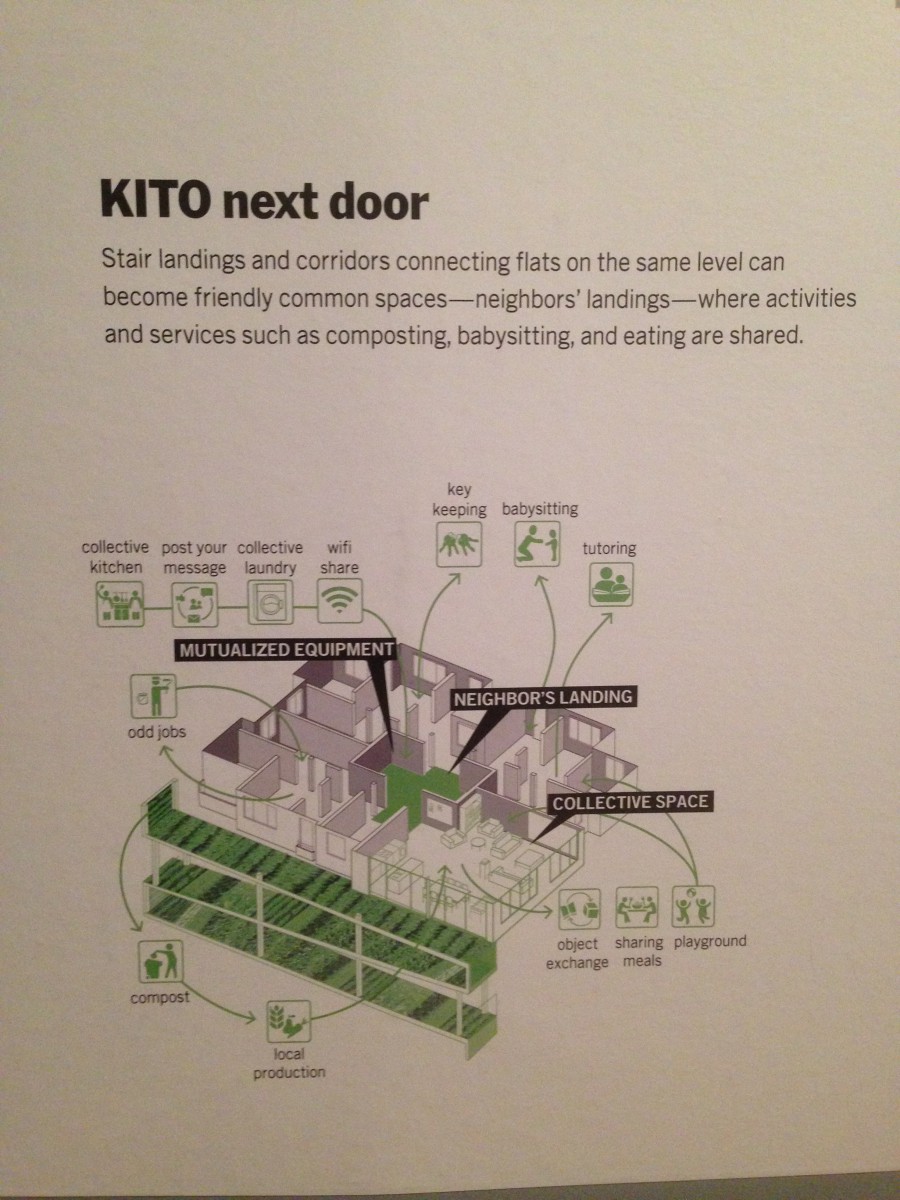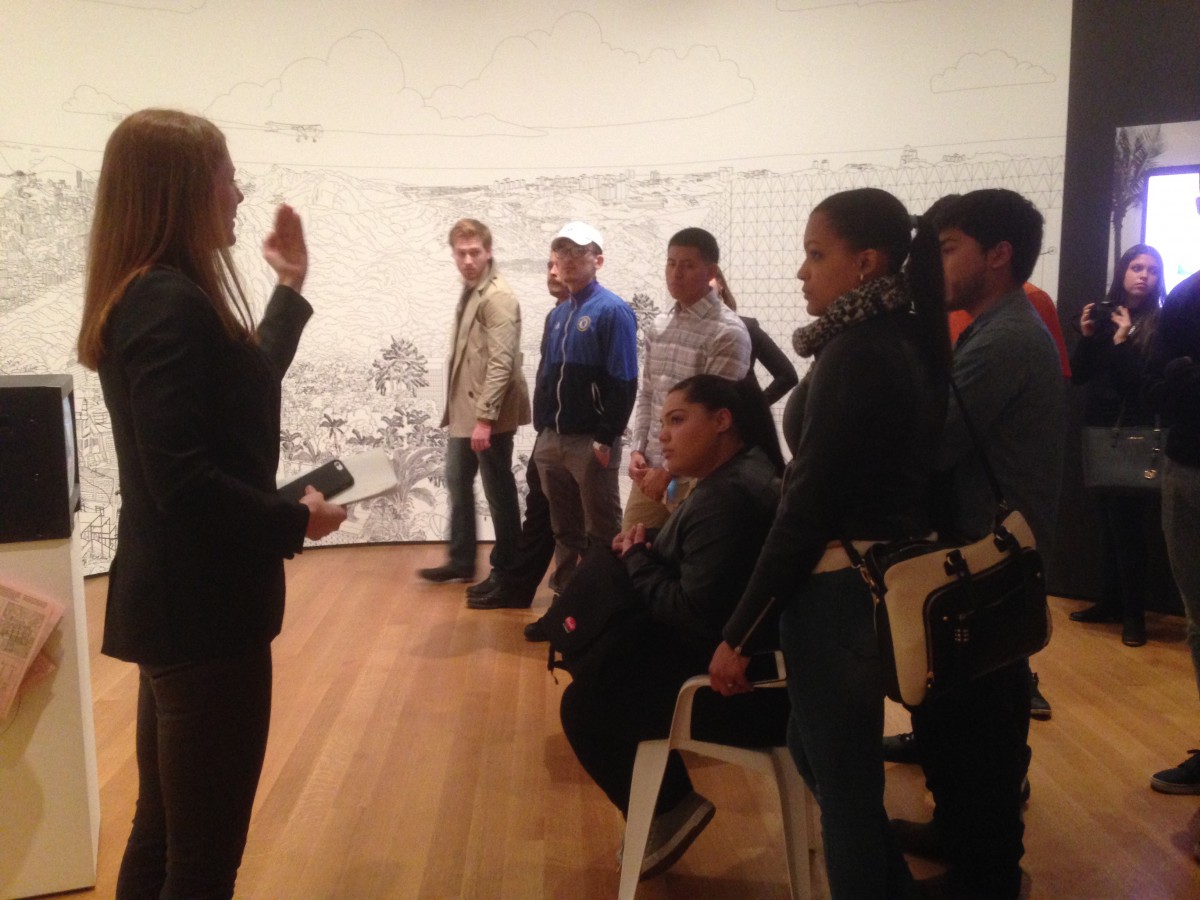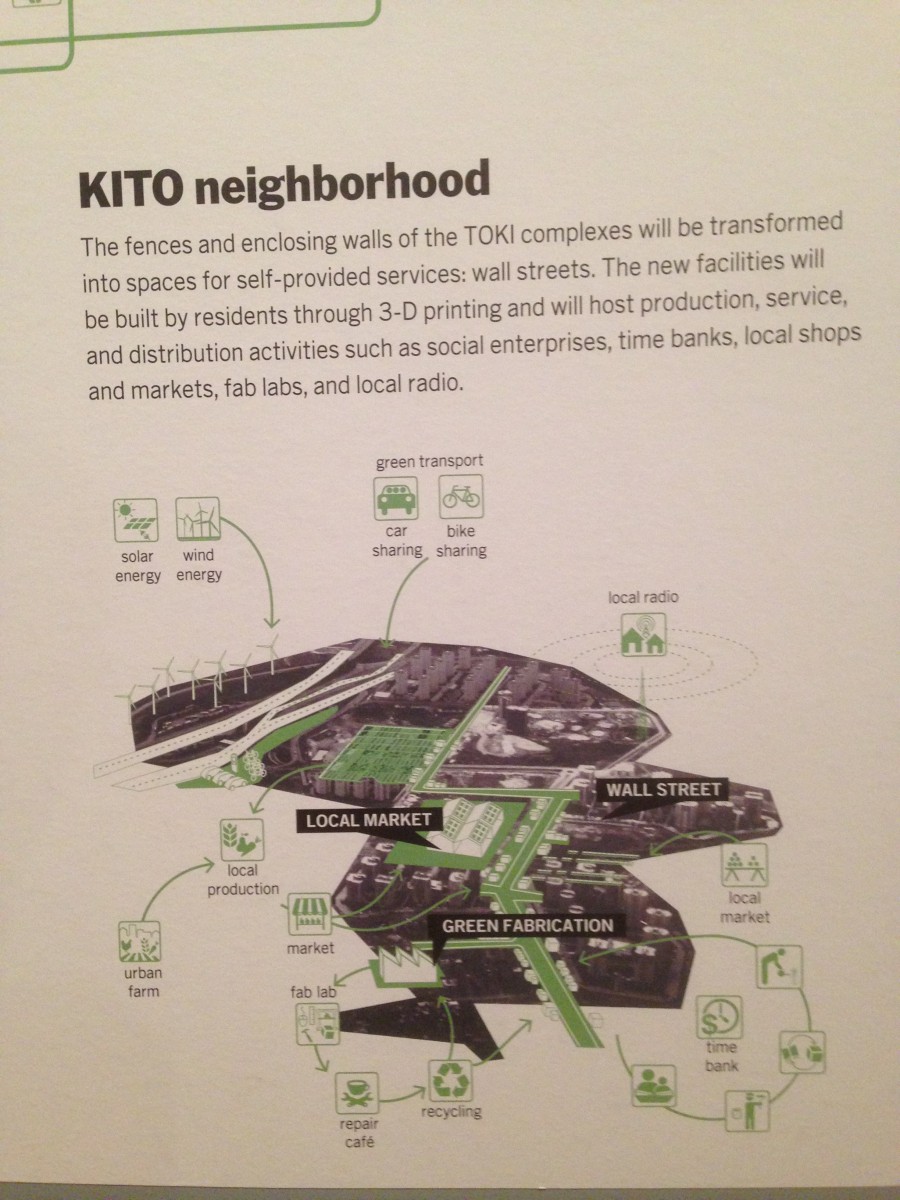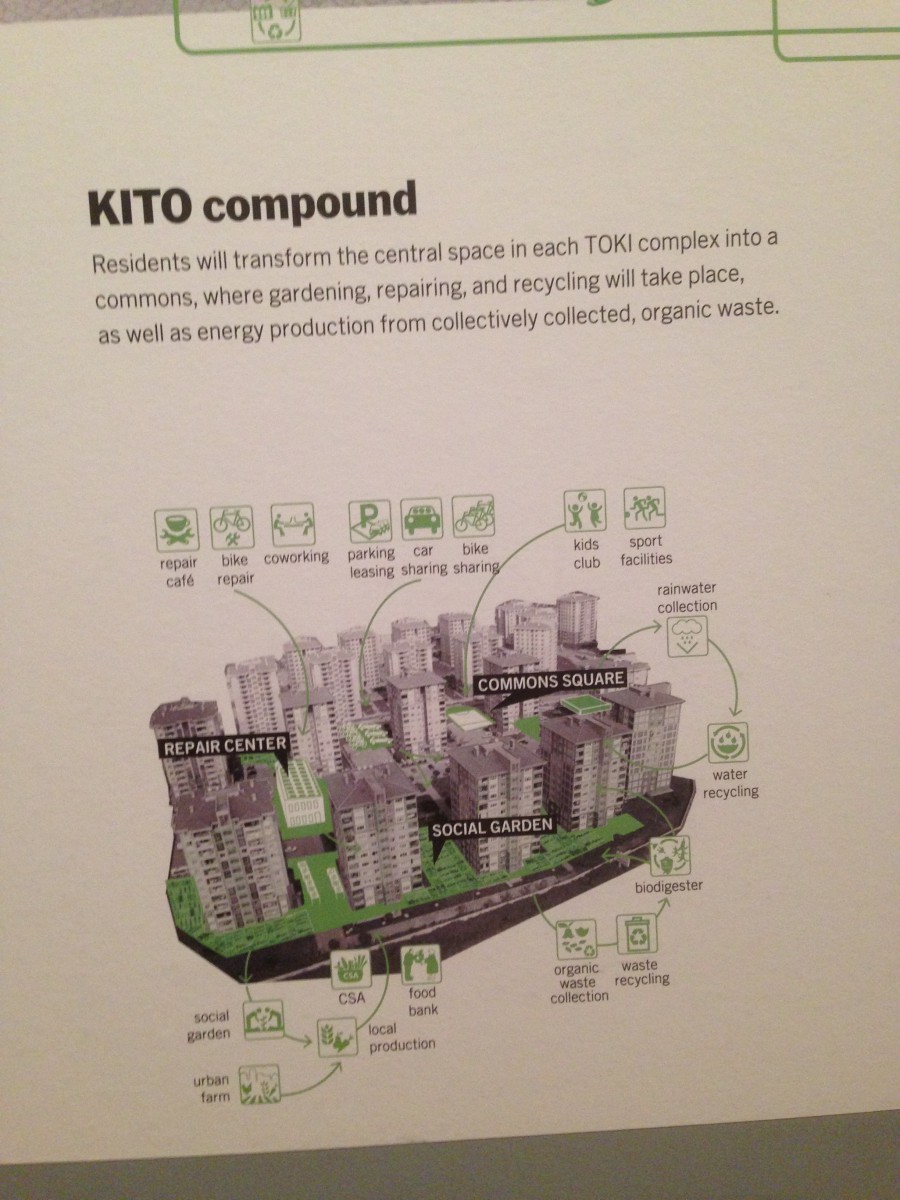Category Archives: ‘Happy City’
Gentrification vs. Segregation in Urban Neighborhoods
http://www.nytimes.com/2015/03/22/opinion/sunday/viva-gentrification.html?ref=opinion
See this article for a discussion of gentrification in a Los Angelos neighborhood. Here the author argues that in the face of overwhelming segregation, gentrification eases, at least in its early stages, the negative impacts of segregated neighborhoods.
Happiness Reflection – Team A
In today’s society the principles we feel that require more emphasis are:
- Increased cultural diversity– This is important because in any community or neighborhood unity is essential.
- Highly populated/Main street – to guide people through the community and encourage activity around public spaces.
- More green spaces – Appeals to the people and gives a sense of life to the community.
Somerville Massachusetts Happiness Survey
Everyone,
We will be reading and discussing this article and related websites during class tomorrow:
http://www.nytimes.com/2011/05/01/us/01happiness.html?pagewanted=all&_r=2&
http://somervilleresistat.blogspot.com
http://www.somervillema.gov/news/somerville-passes-first-complete-streets-ordinance-massachusetts
Prof. Montgomery
Team Reflection_FD3
1. Scale
2. High Density
3. Accessibility
4.Resiliency
5. Environmental Health
* Farhana, Dominic, Danny, Daniel *
———————
1. Scale
-Liveable, reasonable living spaces, solar access (sky exposure plane)
2. High Density
-Efficient use/organization of space, liveable, “good” relationship with commercial/residential/public spaces
3. Accessibility
–
4. Resiliency
-In regard to both Human and Environmental factors.
Human – Adaptability (ease of) to the environment/surroundings.
Environment – Flooding, Self-sustaining, resistance to weathering/human factor
5. Environmental Health
-In regard to both Human and Environmental factors.
Human- Access to fresh air, food, water, green space, sunlight, social interaction, safety/security
Environment- Sustainable building practices, clean energy,
‘Happy City’- Team Reflection
- Transportation – how to attract people to the site?
Happiness: Making the site a center for social interactions. The Journey of arriving to the site, for an new experience.
2. To attract early families and young adult to live at the site.
Happiness: Making the site safe, having comfort and promote a healthy communities and families.
3. Analyze and understand circulation and hierarchy of importance and relationships of uses.
Happiness: fulfill the peoples needs. Trying not to make things hard to get to and allowing the people to become self-sufficient.
4. Easy circulation throughout the site for bicycles, cars and pedestrians
Happiness:
5. Incorporating existing neighborhoods and buildings
6. Keep the style and feel of Brooklyn and try not to modernize too much.
7. Flood resilience and Storm awareness
8. Provide a right ratio of commercial and public area with residential
Eliza Baraggan, Walkiria Cabrera, Isaias Garcia and Jennifer Valerio
Happy City Team Reflection
Infrastructure
This is a critical item that will be guiding our design mainly because the site is on a waterfront and will be the first to sustain damage from incoming storms.
The population will know they are safe which will give them a sense of security thus making them happy.
Accesibiility
The goal is to easily guide the inhabitants of our site through the created paths in the neighborhood by creating tighter shorter streets and encouraging bicycles usage and implementing a main road though the site.
The population will be more interactive and usage of bicycles and accessible walking paths will make the population healthier through daily exercise.
Green Spaces
we will be adding public green spaces and private green spaces to improve irrigation throughout the site.
This will allow for more clean breathable air, through recycling dirty air from the city to make it clean for the inhabitants.
Multi-Use buildings
A mix of usage in buildings to add variety and add to the neighborhood’s infrastructure.
The population will feel they have control over the neighborhood or community by implementing little family owned stores, and bringing people together.
Sustainabilty
Green roofs, reduced run off and water usage, improve irrigation, add sustainable practices.
Decreasing waste through constant recycling of food, energy and water for irrigation. Implementing affordable materials through the construction of the neighborhood to reduce living cost.
Gathering Space
Add Squares, Parks, community center, library art galleries and shops.
Make sure the community interacts with each other by implementing gathering space to welcome neighborhoods in the community to encourage the feeling of safety and togetherness.
Hadiza D. Horacio M. Manu S. Yuhui O.
Team A – Updated Principles
Old Principles
1. Energy efficient neighborhoods (Solar Panels, Wind Turbines) 2. Green Roofs 3. Water Front Accessibility 4. Easy flow circulation 5. Resilience to flood 6. Bioswales
New Principles
1) Resilience
(Human aspect) – Creating a safe environment
(Architectural aspect) – Ability to accept and recover from floods.
2) Increased Interaction – Reducing the cultural barriers between races and increasing the socialization between all races.
3) Welcoming water into the site. – To increase the relationship between people and nature.
4) Easy Circulation – To create a free living environment. (Less cars, more walkways, more bikes.)
5) Energy Efficiency – (Bioswales, Green Roofs, Solar Panels.)
‘Happy City’ Personal Reflection- Jennifer Valerio
Free writing.
Happy. Happiness. It’s a common and foreign topic to me. I thought I knew what it is and what it means to me but the more I think about it the more I find I don’t know what it is. Is that strange? Did I not have the “right” influences to “teach” me what happiness is suppose to be or what it looks like? Or maybe that is the purpose. When you experience something for yourself it stays with you, like an imprint. Okay, this is starting to sound like a dairy lol. My five mins are almost up, but the ‘happy city’ can never exist. If we were all happy- happy would mean nothing therefore the concept to create an urban city for happiness is the same idea to try to find the meaning of life or what happens after death. Its just… too individual? I don’t know. : /
Personal Reflection on “Happy City”
When asked to free write about what is happiness, I initially thinks more individually, which are family, healthy, feeling, and personal activities. However, it change my intension about happiness after we read the book “Happy City” and had the conversation about happiness. I learned that what happiness means to the people who live in urban cities. Experiences and connections might be the main concerns to create happiness for people. Just because people will no longer live alone in urban cities. People meet others everyday and everywhere. So how to absorb these critical principles into urban design to make a better neighborhood, including blocks, streets, parks, interactive space, will be the responsibilities for designers.

